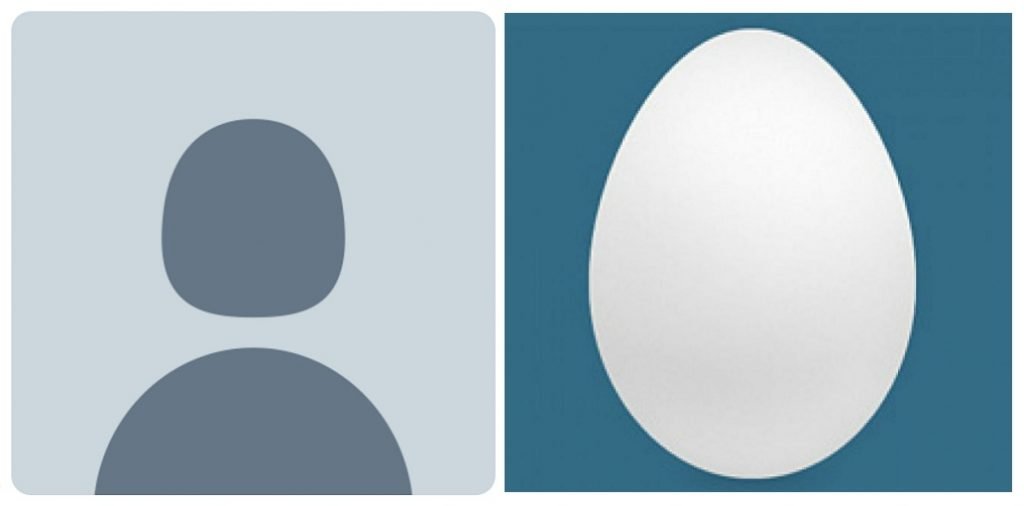Twitter Doesn’t Want to Be Twitter


The Twitter egg — the iconic, simple white ovoid against a flat color background that is the default avatar image for all new users — is an easy marker of someone that you should ignore on Twitter. Because anyone who hasn’t uploaded a profile picture gets the egg by default, whenever you saw an egg, you’d know that whoever was talking to you (or yelling at you) was new to Twitter, hiding their identity, technologically illiterate to the point where they didn’t know how to change their profile photo, or all of the above. It got to the point where “Twitter egg” became a derogatory phrase. If you want to try and debate someone in bad faith, find your nearest egg.
Twitter is now ditching the egg. Instead, you’ll see a nondescript, gray silhouette on any account that hasn’t uploaded a profile pic. It’s fine? Unlike the colorful eggs, the new image is meant to be “generic, universal, serious, inclusive, unbranded, and temporary,” product designer Jeremy Reiss told Fast Company. Users are supposed to want to change it.
One could see Twitter’s ditching its toxic branding as a surface-level fix for its harassment problems, but the move comes weeks after the service (finally) rolled out tools to help curb abuse. Among those options was a filter that screened out newly created accounts, the ones most likely to sport the egg pic; and a filter to just screen anyone sporting the default pic, regardless of how old their account was. So concrete tools dealing with harassment often tied to the avatar already exist, even if the default avatar itself has changed.
Rather, Twitter losing the egg feels more like the company trying its best to abandon the features and symbols of its insular, and sometimes forbidding, culture. The egg announcement comes a day after Twitter ditched the
“at-reply,” a defining feature of the service. (To reply to users on Twitter, you used to type the “@” symbol before their display name.) Or rather, it wasn’t really ditched so much as it was overhauled and minimized. The @ still exists, but it no longer counts toward character limit, and it’s editable like you’d edit the list of people in a group text.
The loss of the at-reply and egg avatar is far from the first signal by Twitter that it would like to move past its reputation as a media-centric, troll-filled, power-user paradise — a year ago, it introduced to great outcry an algorithmically sorted timeline that promoted popular posts, as opposed to one that displayed posts in a strictly chronological manner. Twitter’s willingness to part ways with core aspects of its identity has been a long time coming. It has always felt like an all-or-nothing platform: You either fully understood it or had no idea what was going on, and that made it difficult for Twitter to acquire and keep new users. Rather than try to get new users up to speed on how the power users do things, Twitter now appears more inclined to drastically change the formula — possibly because the power users, even as they gripe, know that they’ll never leave the service.
But there’s something that feels particularly emphatic about the loss of the egg and the @ symbol, which were maybe the two most prominent visual markers of what you might call Twitter culture. Neither change is likely to save or doom Twitter. But future social-media historians looking for ways to divide eras of Twitter could do worse than check March 2017. Twitter — the site once made notorious, intimidating, and amazingly vibrant by eggs, threads, and canoes — is on its way out. Whatever comes next will be named Twitter, but it won’t feel like the service its longtime users know.
Credit: Nymag.com










